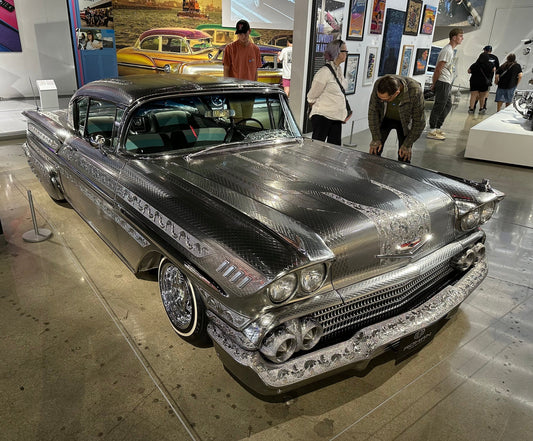Black sheep
by Paul McGowan
When I was growing up my status as the family black sheep was unspoken yet generally agreed upon by everyone but me. As I saw it the antisocial acts of a youthful Paul were never meant to place the McGowan household in a bad light—like the time I arranged for a truckload of gravel to be dumped on our curmudgeon neighbor's driveway in retribution for calling the police on us for playing football in the street. In my view, my actions reflected an unwillingness to accept the status quo. Desperate times called for desperate measures.
My role as black sheep did have some advantages. I could easily relate to the pain of being misunderstood.
Few things in our industry are as misunderstood as op-amps.
Pick up any description of an aftermarket hardware upgrade and the first thing you're likely to see is "replaced the op-amps with discrete circuits", or "changed the op-amps to premium versions".
The op-amp seems to be the general purpose whipping boy in high-end audio and it's easy to see why. Integrated circuit versions of op-amps are easy to use as building blocks. Connect +/- power to their respective pins; incoming signal to the + in pin, a couple of resistors between the output and the second input pin, and out comes clean, low distortion audio at any gain setting you wish. And most audio op-amps range in cost from a few pennies to a few dollars. An entire preamp can be built for very little money and with almost zero skill. Just look at what the pro audio and musical instrument industry pass off as "high-performance" if you're looking for an example.
But op-amps aren't necessarily chips. In fact, the operational amplifier (which is where the name op-amp comes from) actually describes a type of circuit, not a chip. Op-amps are essentially simple differential input stages with an output gain stage. They can be made with as few as three transistors or as many as dozens. Their input differential pair can be tube or transistor based, and they can have great specifications or marginal ones.
When designers refer to replacing op-amps to improve performance, they are generally referencing IC packaged circuits. But, as I mentioned, this is oversimplified. If you would like to understand what an op-amp is and how it works, watch my short video on the subject here.
I even whip out the pad of paper for this one!
- Choosing a selection results in a full page refresh.
- Opens in a new window.









